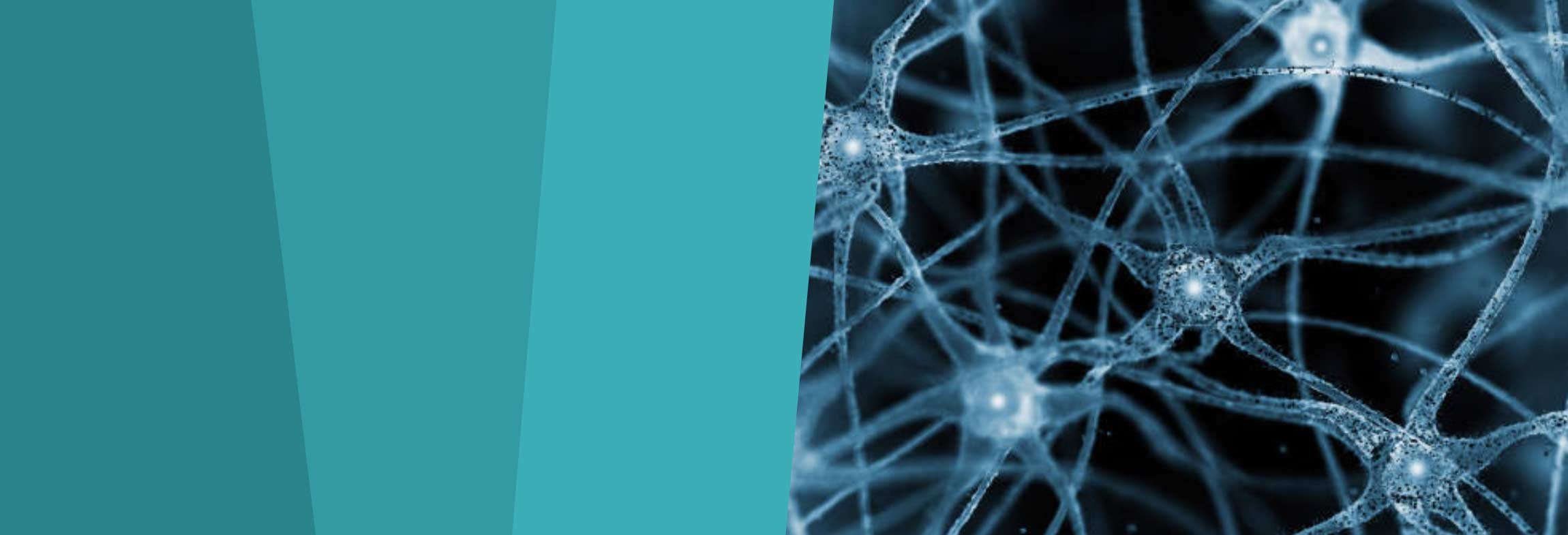Trauma is not destiny
Developmental and learning science tell an optimistic story.
Our brains and bodies and abilities are malleable to experience because the human brain is a dynamic, living structure made up of tissue that is the most susceptible to change from experience of any tissue in the human body.
The brain is also malleable over time. Most of its growth happens after we are born so there are multiple opportunities to catch up along the way. This was surely my story.
There are 3 things about the brain I want everyone to know:
Its astounding malleability
Experience-dependent growth
And the very important role of context
The limbic system is where learning happens. It consists of three structures:
The pre-frontal cortex for focus and attention
The hippocampus which houses memory
The amygdala, the emotion center of the brain
These structures are intimately interconnected and cross-wired—and they develop together.
The limbic system is loaded with receptors for two hormonal systems, one that responds to stress and one that responds to love and trust. This is not an accident. Cortisol is the primary stress hormone and oxytocin is the trust or love hormone. These hormones get released because of experiences in our lives, and they carry chemical messages about these experiences into the brain to the very same target: the limbic system. When we ask how context gets inside the brain, this is what we mean.
Stress is the most common naturally occurring example of negative context. When we experience stress, cortisol floods our brains and bodies. It’s intense when it happens, but if the stress is mild or tolerable it’s adaptive. It makes us alert and sharp and helps us prepare for an event, such as a test or a performance. This is the limbic system at work—attention, concentration, focus, memory—all supporting strong performance.
But when stress is unrelenting and not buffered by the presence of someone we trust, we can get locked in that fight, flight, or freeze feeling; it just won’t let up. Cortisol can do a lot of damage to the structures in the limbic system because adversity doesn’t just happen to us, it happens inside our brains and bodies through the biological mechanism of stress.
But that’s not the end of the story. There’s a big upside when we turn to oxytocin. Oxytocin is produced in humans only one way: connection. It hits the same structures of the brain as cortisol, yet oxytocin is more powerful because it can literally protect us at the cellular level from the damaging effects of cortisol.
This is why the effects of trauma ARE reversible, not the events, but the feelings and emotions are manageable.
This is why trauma is NOT destiny.
Adversity doesn’t just happen to us, it happens inside our brains and bodies through the biological mechanism of stress.




